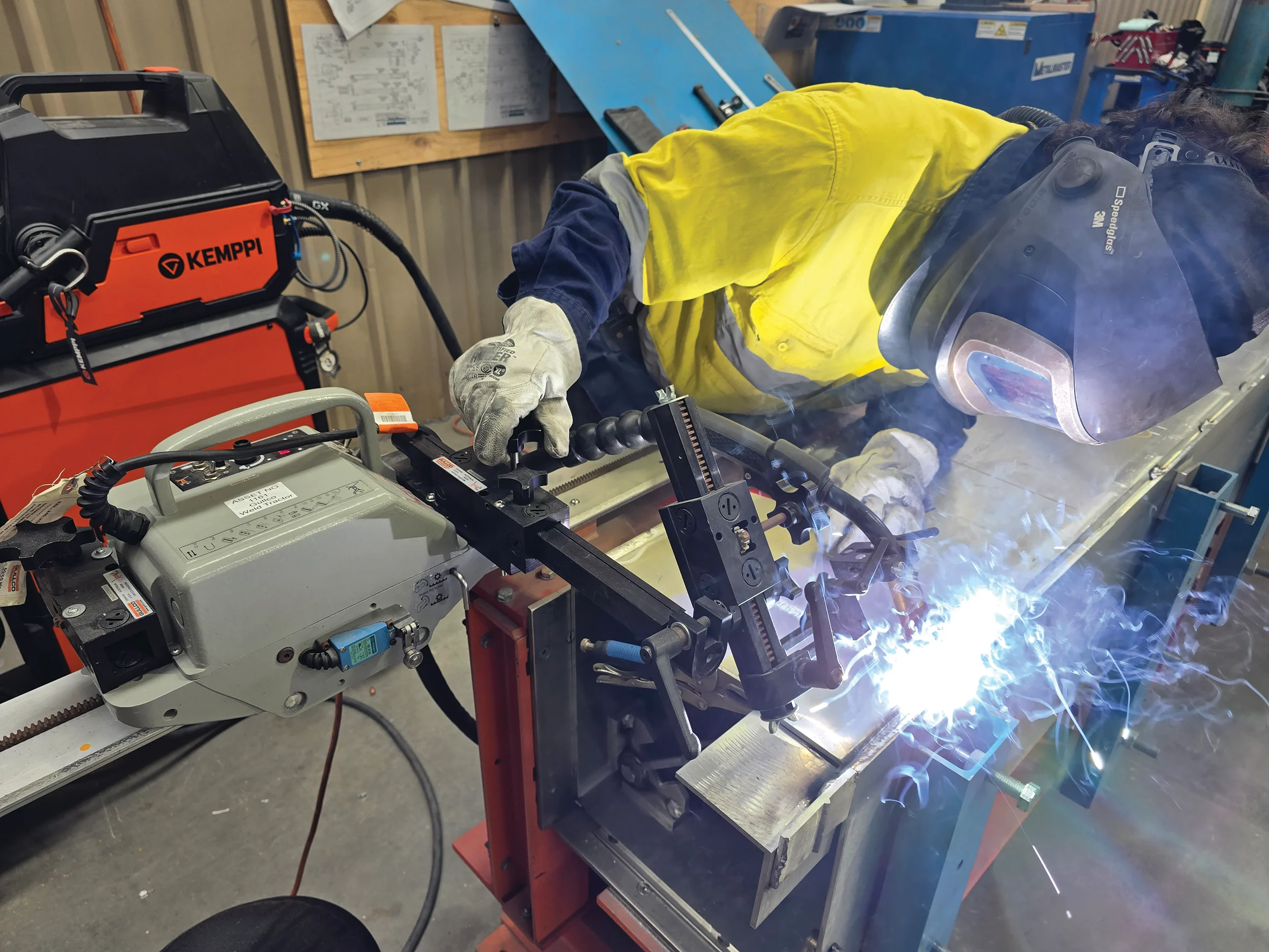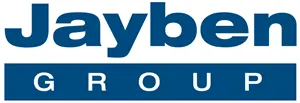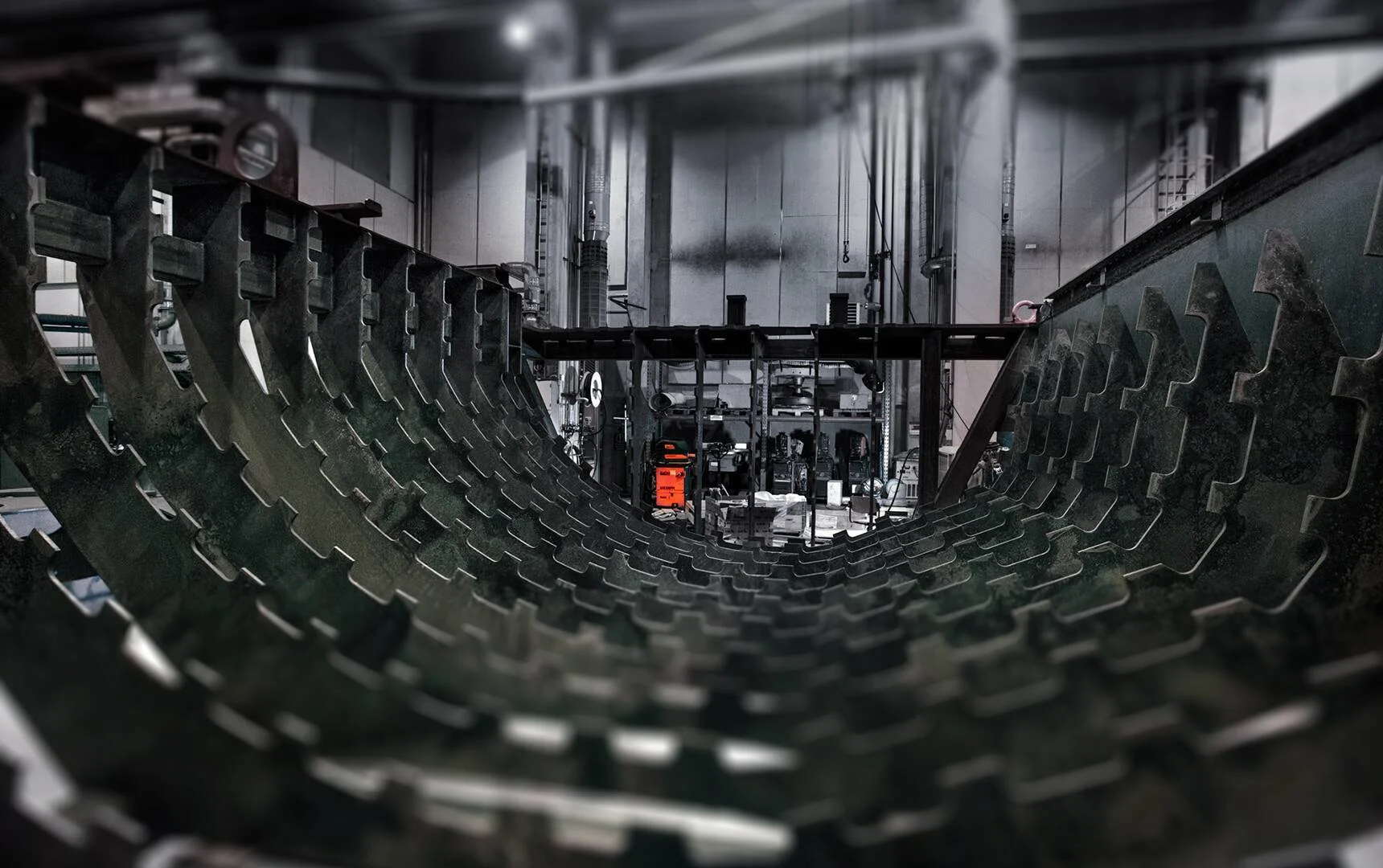Dinolift’s mobile elevating work platforms (MEWPs) must meet the quality requirements of both European EN ISO 3834 and American AWS welding standards. By integrating their A7 MIG Welder powered robot cells with WeldEye software, Dinolift can verify compliance with welding procedure specifications and achieve 100% traceability also in robotic welding.
Dinolift Oy manufactures DINO MEWPs at its three production units in Loimaa, Finland, employing nearly 200 people altogether. In addition to the workforce, there are three robotic welding cells integrated with Yaskawa and ABB welding robots.
The main customers are in the rental business, but DINO MEWPs are also purchased by, for example, small contractors. The company exports to more than 40 countries through local representatives. Production Manager Tuomas Heilala says that instead of price, Dinolift competes with durability, reliability, and good resale value. Long-term partnerships have also contributed to the company’s success.
With WeldEye, we know what has been welded and when, what equipment has been used, and who has welded. Our experiences have been very positive. The welders are also happy to finally see the actual parameters used in welding and whether they comply with the given instructions.Tuomas HeilalaProduction Manager, Dinolift Oy
Challenged by quality and quality control
Dinolift has experienced strong growth in the past decade, and the company is now seeking additional growth in the United States. Due to entering a new market, the company launched a large welding procedure qualification test project. While the end products fulfilled the welding quality requirements of the EN ISO 3834 standard, they now also had to comply with the slightly more rigorous AWS standard.

"Meeting American and European requirements at the same time places a lot of constraints on drafting welding procedure specifications. The need to meet the threshold values of both standards limits the margin of maneuver," describes Welding Engineer Maria Lammentausta (Q-Test Oy), who took part in the welding procedure qualification test project and works as an external welding coordinator at Dinolift.
Monitoring welding quality is also important in robotic welding because the welding standards require the verification of compliance without problems. In terms of the end product, it is important to be able to detect any critical welding deviations in the production phase. The safety of the MEWPs must be reliably guaranteed even at heights of up to 28 meters.

WeldEye as a guarantee of quality
To ensure weld traceability required by the welding standards, Dinolift began monitoring the quality of robotized welding with WeldEye welding management software. The cloud-based, easy-to-use software was integrated with the A7 MIG Welder power sources in the robot cells. This enabled the automatic collection of welding parameters directly from the robots. WeldEye verifies the compliance with welding procedure specifications based on the data it collects, which enhances the tracking of welding deviations and facilitates quality control in a significant way.
"Traceability is crucial in order to detect potentially defective parts already during the production phase. We can be certain of the parameters used by monitoring the data collected by the WeldEye software," says welding coordinator and supervisor Hannu Rakkolainen.
WeldEye and digital welding procedure specifications (dWPS) are also integrated with Dinolift’s five X8 MIG Welders, which are used for welding high-strength steel parts. The X8 MIG Welders have brought much-needed control to managing heat input in manual welding. The after-treatment of welds has also been reduced due to minimal spatter.
“X8 MIG Welder is a great machine for our needs, similar to A7 MIG Welder, which is really good in robotic welding,” Hannu Rakkolainen praises.
In addition to quality control, Dinolift uses the versatile WeldEye software for managing welding procedure specifications and the welders’ qualification certificates. Maria Lammentausta describes how she handles welding procedure qualification tests from start to finish with WeldEye: the preliminary WPS, WPQRs, and the final WPS. She also makes inspection reports and monitors production progress with it.
“WeldEye has definitely improved the way I work. I can make welding procedure specifications faster by copying them as templates to use the same basic information. It has also facilitated the management of qualification certificates," Lammentausta says.




